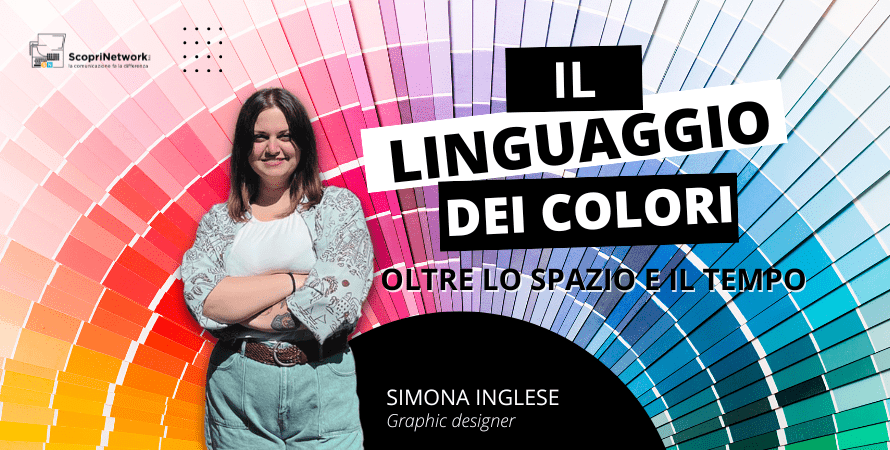The wait for the white smoke has never been so loud. In recent days, as the cardinals gather in the Sistine Chapel to elect the successor to Pope Francis, the 2025 Conclave has become a global phenomenon—not just religious, but also cultural, social, and even political. The echo of the event, amplified by social networks and media outlets worldwide, tells much more than just the election of a new Pontiff: it shows how the Church’s communication has evolved, how pop culture has entered religious language, and how participation in this event has become something collective, ironic, and even playful.
From ritual silence to viral updates: a look back
In the 1970s and 1980s, during the conclaves that led to the election of Pope John Paul I and then Pope Wojtyła, information was still slow and filtered. There were few TV channels, sparse radio updates, and black-and-white photos in newspapers the following day. The wait for the smoke signal was almost a liturgical act, followed in silence by crowds and families gathered in front of the television. The proclamation moment—the “Habemus Papam”—was one of the most solemn and collective events of the century, recounted with reverence and respect.
By the time Pope Benedict XVI was elected in 2005, the landscape had already started to change: the internet was emerging, early blogs and forums discussed potential candidates, and some rudimentary memes—still primitive by today’s standards—began to circulate. It was the prehistoric era of religious memetics. Many still remember how Pope Ratzinger’s stern appearance was immediately captured in memes comparing him to characters from fantasy or sci-fi films—a phenomenon the Church viewed with suspicion, largely ignoring it.
Today, with the 2025 Conclave, we’re in a different era: information is instantaneous, global, and unstoppable. And the Church not only acknowledges this but, in part, participates in it.
Between the sacred and the profane: fantasy Pope, memes, and collective participation
The memes circulating these days reflect all this: images of the white smoke transformed into special effects like rainbows, glitter clouds, or vaporwave mists; cardinals compared to talent show contestants; “Fantasy Pope” leaderboards in the style of Italy’s “Fantasanremo,” where people bet on who will be elected, scoring points for guessing the country of origin, chosen name, or how long the white smoke takes to appear.
One popular meme shows a software installation screen: “New Pope setup: 89% complete…” Another pokes fun at the long duration of the conclave: “Wait a bit longer and the smoke will be from a barbecue.”
While these memes are humorous, they also reflect a strong sense of collective engagement: people want to be involved, to comment, to participate—not just as passive viewers, but as active contributors to a shared narrative.
The international echo: a political and symbolic participation
The symbolic weight of Pope Francis’s death and the election of his successor now goes far beyond religious boundaries. The presence in Rome these days of top political leaders—from Donald Trump to Giorgia Meloni, Emmanuel Macron to Volodymyr Zelensky—shows that the new Pope will also be a figure of immense geopolitical significance.
This explains why the Conclave is being treated like a major international political event: broadcast live, analyzed by geopolitical experts, and covered with breaking news on major global networks. But what’s even more striking is how popular communication—through memes, parodies, and social media commentary—has brought even an event of such institutional importance onto a personal and participatory level.
In Italy, naturally, the participation is even more intense: the cultural, historical, and spiritual proximity to the Vatican amplifies the sense of anticipation, and Italian social media is literally flooded with comments, jokes, ironic biblical references, and custom gifs.
How is the Church responding?
In the 1980s and 1990s, the Church tended to ignore or disapprove of early attempts to joke about the Pope or religious symbols. With Benedict XVI, the emergence of memes was initially seen as a threat or as disrespectful.
But with Pope Francis, the situation changed dramatically. Not only has the Pope often shown a sense of humor about himself—such as when he smiled at a cartoon portraying him as “Super-Pope” and remarked that “even Popes are human”—but the Vatican’s entire communication strategy has evolved to fit the modern world. The Holy See’s official Twitter and Instagram accounts use a sober yet open style; priests and nuns using TikTok, Instagram, or Twitch are now part of a strategy aimed at speaking to the faithful in their own language.
The “meme-ification” of Pope Francis, in a way, is a sign of his extraordinary ability to be a people’s Pope: loved, discussed, and represented in even the lightest forms without compromising his spiritual authority.
A communication that won’t go back
The 2025 Conclave marks a point of no return in religious communication: faith, spirituality, and even the Catholic Church as an institution are now told through participatory, visual, and viral tools. This isn’t a loss of sacredness, but an inevitable adaptation: to remain understood, the Church has chosen to speak using the languages of today.
And if the next Pope must face enormous challenges—religious, social, environmental—he’ll have to do so knowing that how he communicates will be just as important as his official addresses. Because today, in the world of white smoke and viral memes, the gap between the sacred and the popular is only a click away.





